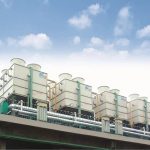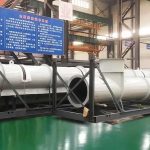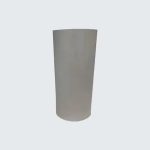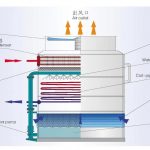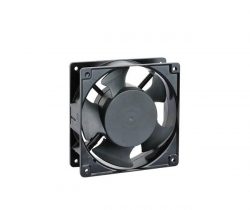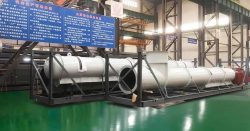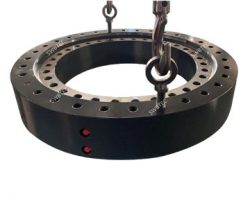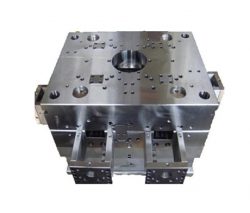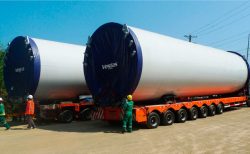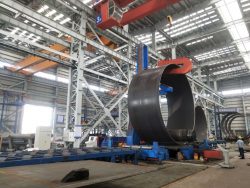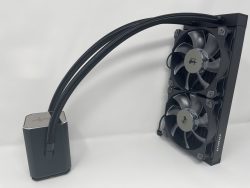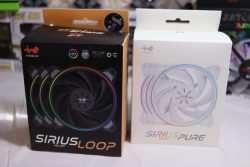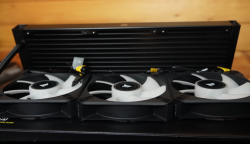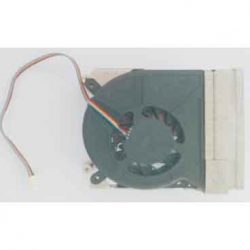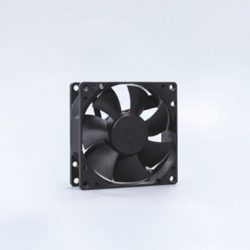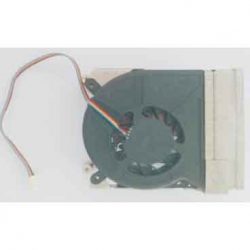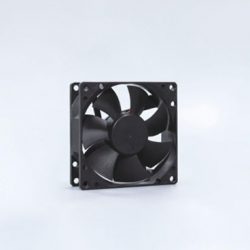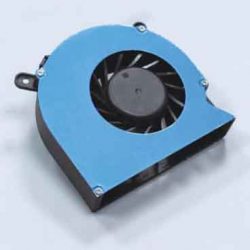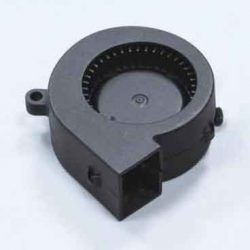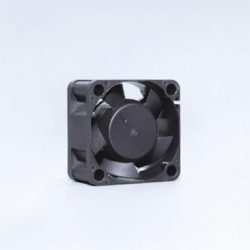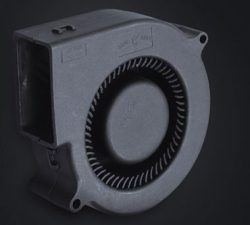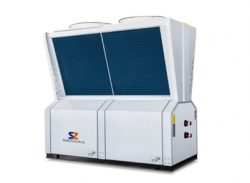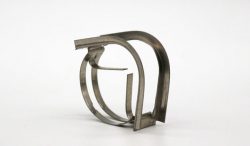INDUSTRIAL EVAPORATIVE COOLING SYSTEM
Industrial evaporative cooling system is a cost-effective, energy-efficient approach to cooling large industrial spaces, production floors, and public areas. This evaporative cooling solutions use a natural process of evaporative cooling to reduce the temperature of the air. Water is pumped over evaporative pads, which helps to cool the air as it passes through and is circulated throughout the space using fans. As the air is cooled and circulated, it also provides ventilation, improving the indoor air quality. This system is particularly effective in hot and dry climates, providing reliable cooling at a fraction of the cost of traditional air conditioning units. Industrial evaporative cooling systems are becoming increasingly popular in many industries, including data centers, manufacturing plants, agriculture, and warehouses, due to their affordability and environmental benefits.
Industrial Evaporative Cooling System Benefits
Energy Efficiency: Industrial Evaporative Cooling Systems are significantly more energy-efficient than traditional air conditioning systems.
Cost Savings: By using minimal power to operate, industrial evaporative cooling systems can save companies a considerable amount of money on their energy bills.
Low Maintenance: Compared to traditional HVAC systems, that require frequent maintenance and repairs, evaporative coolers are relatively low maintenance and can last for many years with minimal upkeep.
Improved Air Quality: Unlike air conditioning systems, that tend to recirculate stale indoor air, evaporative coolers constantly bring in fresh outside air, improving the air quality within the facility.
Ecologically Friendly: Compared to traditional air conditioning systems, evaporative cooling systems use lesser energy and have a lower carbon footprint, making them environmentally sustainable.
High Durability: Industrial evaporative cooling systems are designed to withstand harsh industrial conditions and operate for extended periods under high stress.
Versatile: An industrial evaporative cooling system can be implemented in an array of industrial settings, from manufacturing plants to data centers, warehouses, and distribution centers, providing a reliable cooling solution across a broad range of industries and applications.
Comparison Between Industrial Evaporative Cooling Systems And Traditional AC Units
Operational Method: Traditional AC units work via a refrigeration cycle, which requires electricity to pump refrigerants to cool air. In contrast, Evaporative cooling uses a natural process of exchanging fresh air with the moisture present in it to reduce temperature.
Energy Efficiency: Evaporative cooling systems consume far less energy than traditional AC units, with an estimated energy savings of up to 75% for cooling the same area.
Maintenance Requirements: Evaporative cooling units require minimal maintenance when compared to traditional AC units, which require frequent maintenance and filter replacements.
Climate Care: The effects on the environment vary notably between these two cooling systems. Traditional AC units contribute higher greenhouse gas emissions, while the evaporative cooling systems function all-naturally without emitting toxic chemicals, making them environmentally friendly.
Application: Evaporative cooling is more suitable for dry areas, where the relative humidity is lower. Traditional AC units can be used in various temperature and humidity conditions, making them more versatile.
Cost: Evaporative cooling units cost less to install than traditional AC units and the overall cost is low as its energy consumption is almost one-quarter of what traditional ACs consume.
Selecting The Right Industrial Evaporative Cooling System For Your Facility
Facility Size and Capacity: Choose an evaporative cooling system that is designed for the size and capacity of the facility that needs to be cooled.
Climate and Location: The climate and location of the facility play a critical role in selecting the right cooling system. For example, evaporative cooling systems are particularly effective in dry climates but not as effective in humid conditions.
Energy Efficiency: Opt for cooling systems that are energy-efficient to maximize savings while reducing environmental impact.
Maintenance Requirements: Consider the maintenance requirements of the system. Select a cooling system that is easy to clean, maintain and has readily available replacement parts, minimizing downtime.
Noise level: Low noise evaporative cooling systems may be an ideal option to avoid any interference with daily facility operations.
Budget: Consider the industrial evaporative cooling system cost to ensure it fits within your financial constraints while still providing excellent cooling performance.
Brand reputation: Choose products from reputable Brands that guarantee quality design of the cooling systems, which can deliver robust, long-lasting and dependable performance.
The Role Of Industrial Evaporative Cooling Systems In Energy-Efficient Plants
Industrial Evaporative Cooling Systems play a significant role in establishing energy-efficient business operations within plants and facilities. Adopting such cooling systems contributes to the increase of cooling efficiency, thus leading to reduced energy consumption in the long run, leading to a reduction in running costs for these companies. Energy-efficient plants have also been proven to benefit the environment, contribute to the local economy through cost savings and improved productivity.
Evaporative cooling systems that incorporate new cutting-edge technology like automated control systems, low-energy motors, and pump streams, and fan speed controllers allow for cells to operate at optimal efficiency, thus further reducing energy consumption.
Moreover, industrial evaporative cooling systems have been found to improve workplace conditions with regards to air quality, employee safety, and improved worker comfort, all of which are critical factors in ensuring a functional, healthy facility. By optimizing facility condition, productivity can be improved, ultimately heightening overall efficiency, releasing savings and enhancing the bottom line of the plant/ facility.


